In an editorial, Hudson Bergen Light Rail Campaign Founding member Jesse Helpern explains why Hudson County needs to prioritize stalled transportation projects.
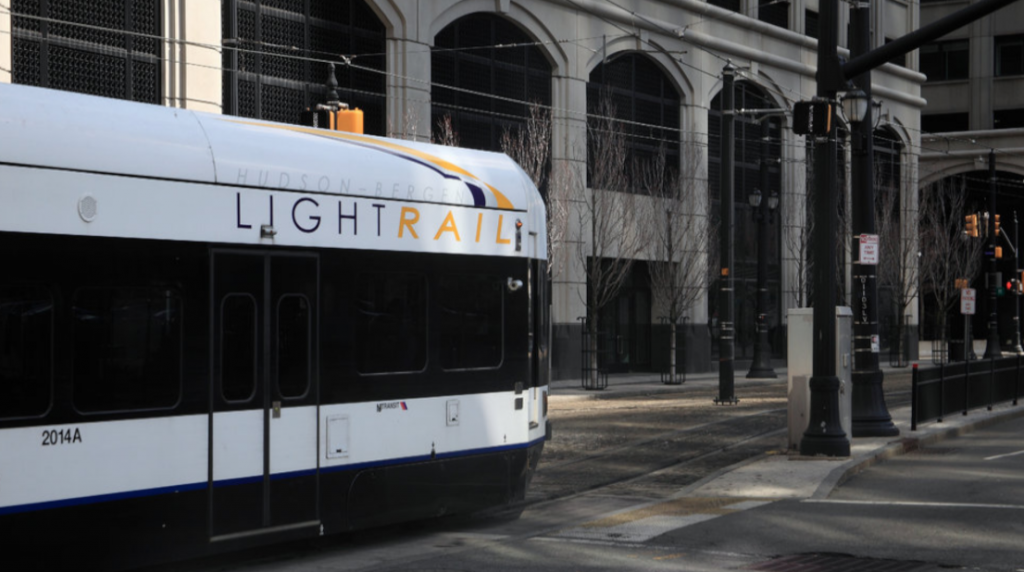
We applaud Hudson County’s efforts in the last two years to take meaningful steps towards improving our transportation ecosystem across the County.
First, by launching a Vision Zero Task Force and Implementation Plan, designed to keep all road users safe, including pedestrians and cyclists.
Second, the announcement about a potential Bus Rapid Transit study and eventual implementation on John F. Kennedy Blvd, demonstrates that the County is forming a vision for the future of Hudson County that is inclusive of the many people who travel by public transportation.
Given the County’s recent focus on improved transit and safety, the next governor, whether it will be Jack Ciattarelli or Mikie Sherrill, should be investing more in Hudson County transportation infrastructure given the local damage and costs to Hudson County caused by the expansion of the Turnpike.
40% of Hudson County households do not own cars, but they will suffer from the noise, traffic violence, and reduced air quality from a project like this.
Hudson County could demand funds for real capital improvements to our public transportation infrastructure to get cars off the turnpike and truly improve the turnpike’s traffic flow.
New Jersey Transit (NJT) has a chronic funding problem with its capital plan for HBLR, and the turnpike expansion is a prime opportunity to solve a substantial part of that problem.
1. We propose that the Hudson County Board of Commissioners and Chief Executive ask for the following NJT Hudson Bergen Light Rail (HBLR) projects to be funded and put on a schedule for construction: RT 440 / Bayfront Extension, with provisions for a future extension across Kearney Point to Newark, and the Hoboken Wye Bypass.
Both projects are already on NJT’s capital plan. Funding from the state and local governments would bring them to life. Based on NJT’s estimates from 2022 (assuming 25% cost rise since then), these projects would likely cost less than 5% of the Turnpike Expansion’s $10.7B total.
The future extension to Newark, while not officially on NJT’s books, has been discussed by several local elected officials and is shown in the 2020 Bayfront Master Redevelopment Plan.
Additionally, we ask that Hudson County work with NJT and the state to identify other HBLR capital projects and prioritize them for funding, design, and construction.
We’re aware of several that are in the early stages and we stand ready to collaborate with county leadership to move these forward.
In the most densely populated region of the state, investments in the HBLR are a no-brainer. Especially when compared to highways, mass transit moves the most people, using the least amount of energy, with the fewest emissions.
The best investments in transportation for our region are ones that incentivize people to use alternatives to driving.
Based on FTA data, the HBLR is the most productive light rail system in the country (https://bsky.app/profile/naqiy.bsky.social/post/3lx37xrdeds2j), something Hudson County absolutely should take great pride in. Let’s take it to the next level.
2. We propose that Hudson County consider charging a property tax to NJTA.
This would secure a steady stream of funds that could be used to address the externalities of the highway, wear and tear from local roads from additional traffic, air pollution, and health impacts.
It would help us maintain our roads and make them safer with all the traffic being diverted into our neighborhoods from the Turnpike.
Additionally, the best way to improve traffic flow on the turnpike is to encourage the use of alternatives to driving. Expanding the HBLR and increasing service would achieve just that.
3. We propose that Hudson County negotiate permanent State troopers to patrol our local state highways like 1&9 and 440.
Even while local municipalities and the County are working to make streets safer, the state highways are unsafe and have preventable crash, fatality, and serious injury rates, moreover they divert resources from our municipal law enforcement agencies.
We recommend a certain number of patrol cars for a certain number of highway miles in Hudson County to keep streets safe and respond to emergencies.
We are fortunate to live in a county with elected officials across multiple jurisdictions who are invested in building better transit. And we especially appreciate Hudson County’s recent announcement regarding the proposed JFK Boulevard Bus Rapid Transit line.
We look forward to working together to build a nationally competitive Hudson County that is environmentally sustainable, less traffic-congested, and overall more livable.


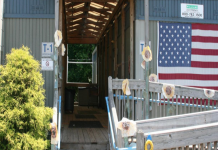
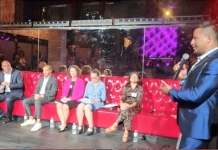
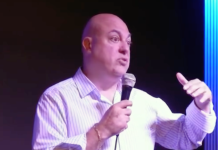


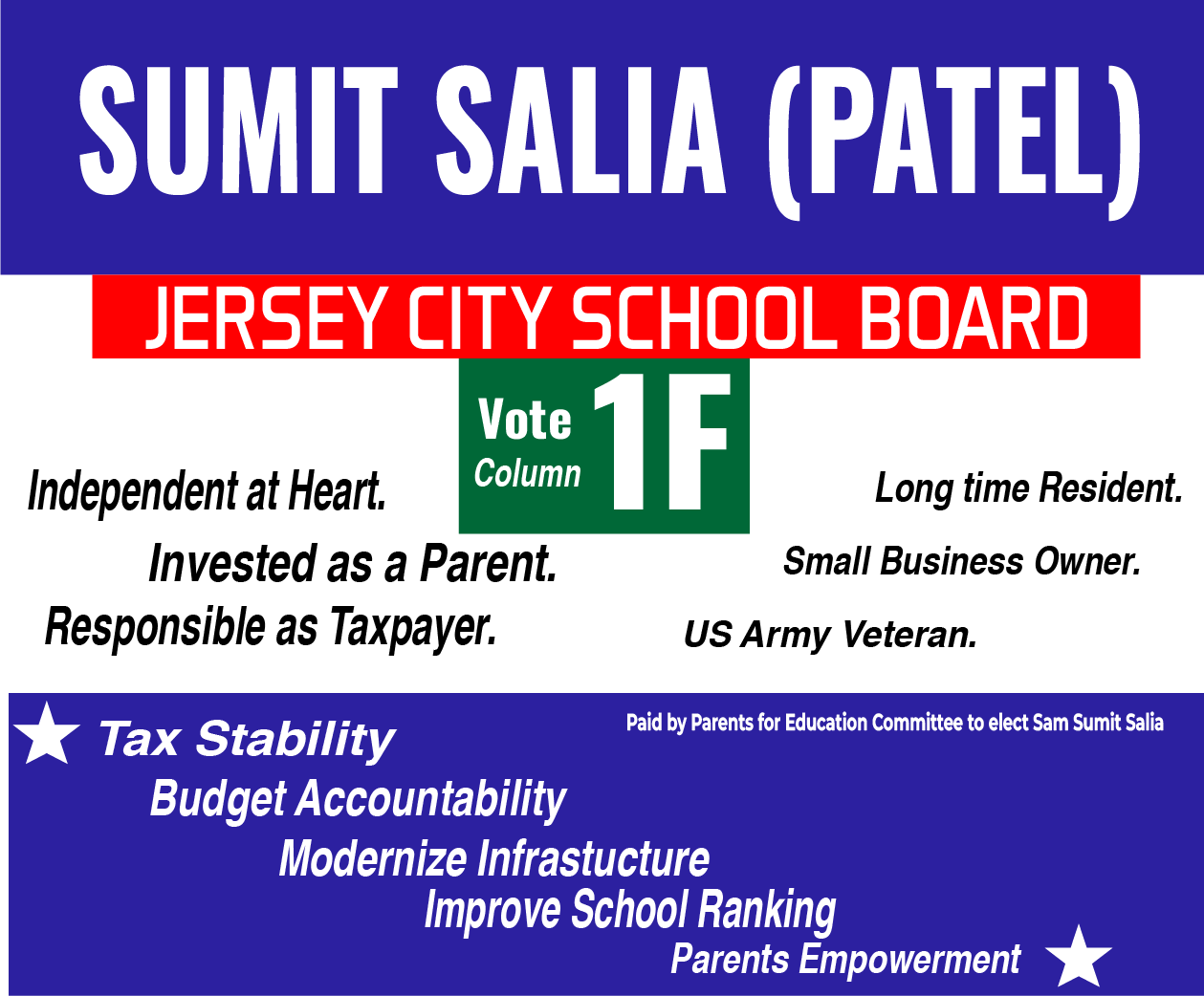


No new taxes
Giving politicians another way to tax an already overtaxed population is dangerous and deplorable.
What is wrong with you?
You have a lot of nerve suggesting that the 60% of households that DO have cars and DO depend on their cars as part of their economic livelihood should sublimate their own needs to the whims and lifestyle of the 40% of households that do NOT have cars. We may drive to big box stores to shop, but folks like you get your packages delivered by big box trucks that clog our roads and add to our pollution, too.
Turnpike expansion is unrelated to this. If you want more transit funding then you need to advocate for a tax increase. Most transit agencies use a dedicated sales tax for their funding unlike NJ. You can view my policy proposal below:
https://drive.google.com/file/d/1K9qgcs1gNfxBXqlDgFNDgt9eo5nC7ECt/view
A great book by Ezra Klein of the NYTimes titled “Abundance” provides some insight into how this may play out. Klein addresses the train planned for LA to SF that is now approaching 20 years past due, with tens of billions in cost overruns. He attributes the debacle to political pettiness, inept planning and advocacy spending. Also, the train will now run to Bakersfield rather than SF.
Can anyone envision something like this happening in NJ? Klein notes this as an example of why the public has lost faith in our government; if our planners want us to use public transit, it has to work at an acceptable cost. We have built thousands of additional housing units, taken away parking spaces from those who already live here – and the trains aren’t leaving the station.